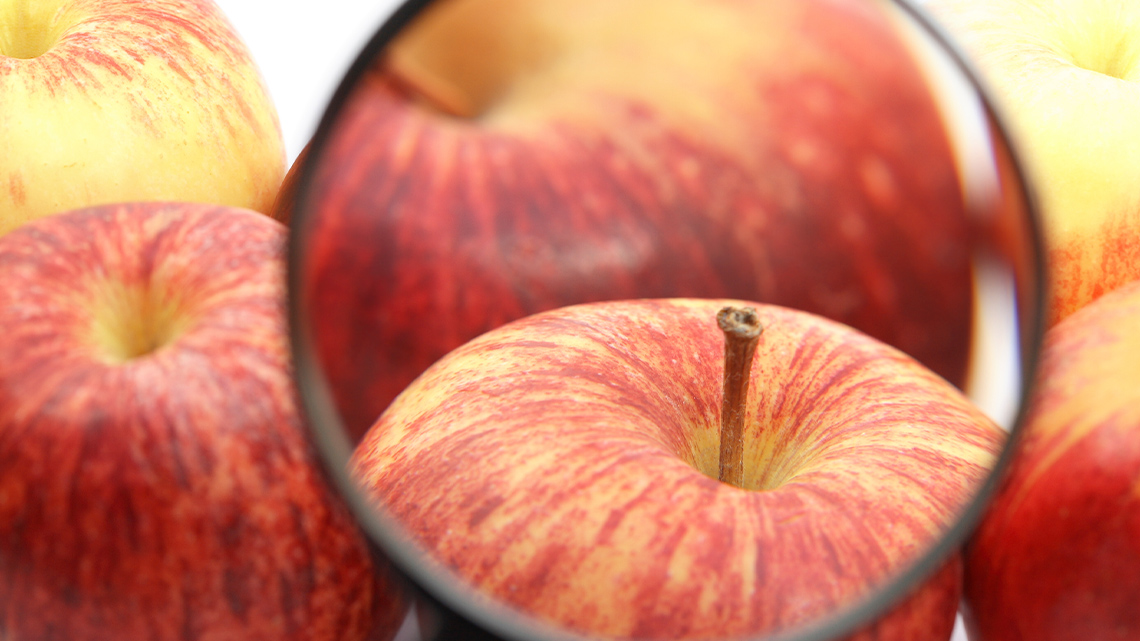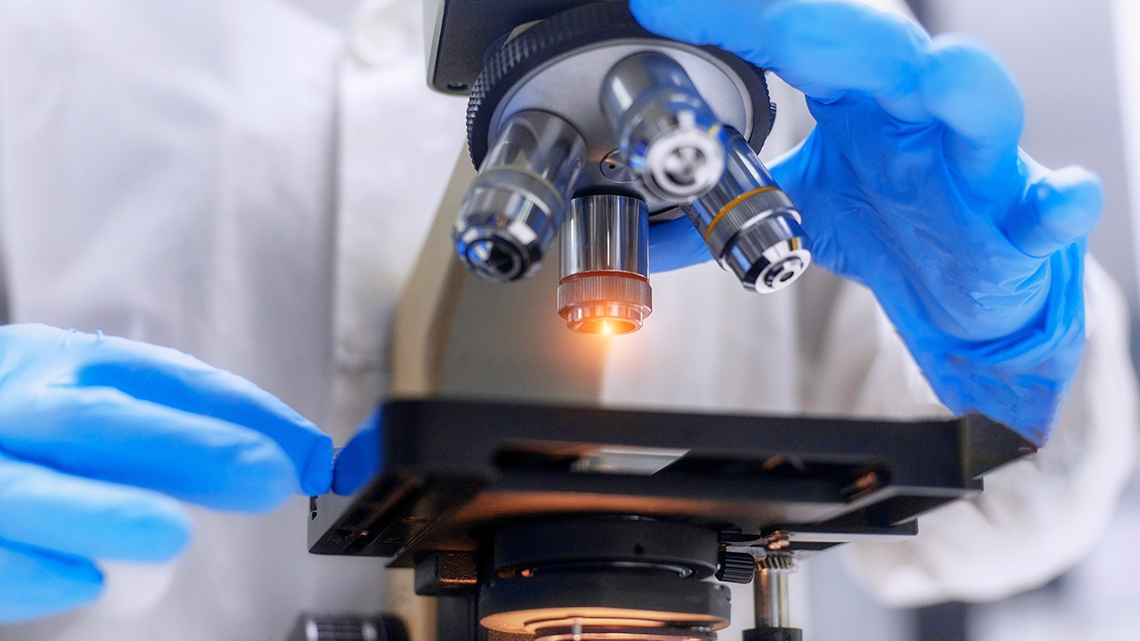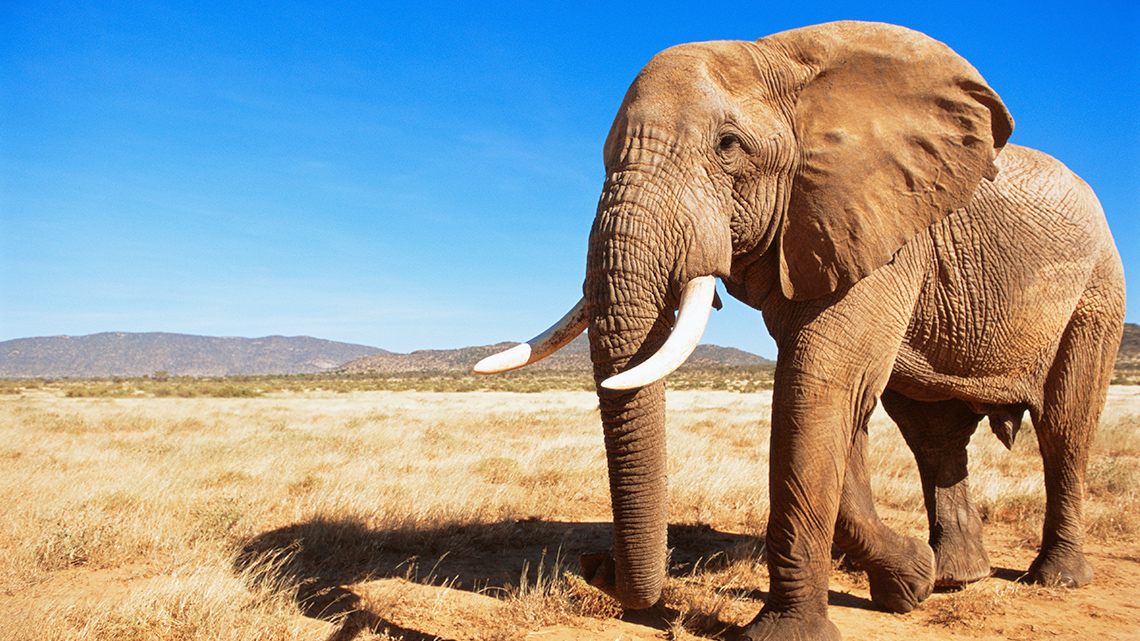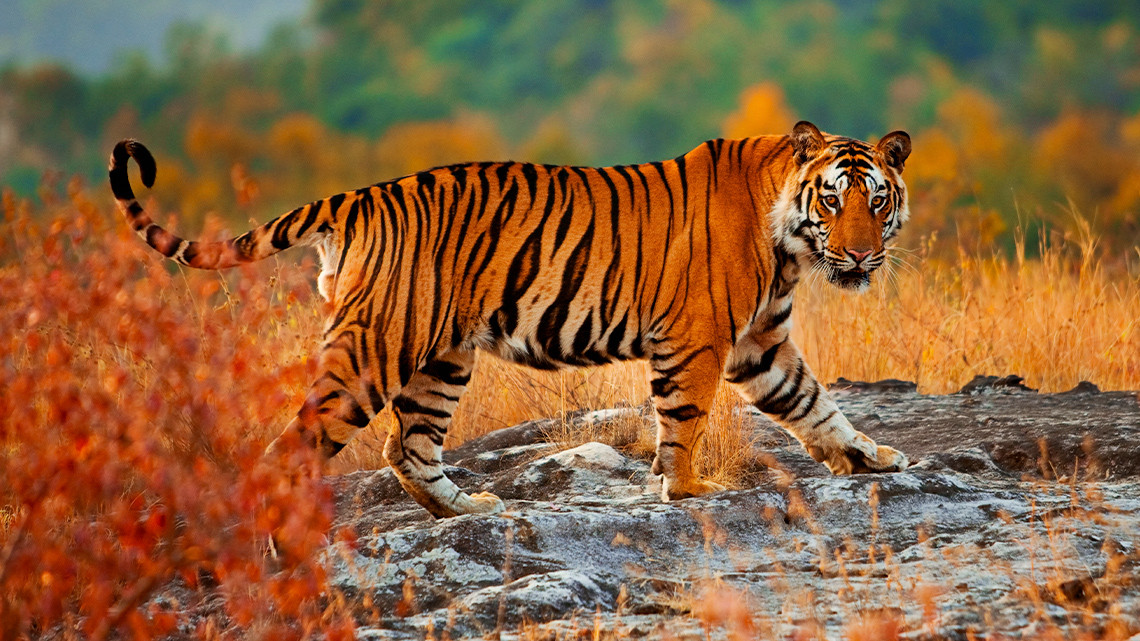Minds On
The five senses

There are five senses which people can use to observe the world around them. Each of the senses can help us do something different. The senses are: seeing, smelling, hearing, tasting, and touching.
- People use their eyes to see the world around them.
- People use their nose to smell things near them.
- People use their ears to hear things like noises and music.
- People use their tongue to taste things like food.
- People use their hands to touch things.
What senses did you use today?
Scientists use words to describe the things they find out when using the five senses. Describing words are called adjectives. Explore this video to learn more about adjectives.
Can you think about some adjectives to describe yourself?
Action
How scientists explore
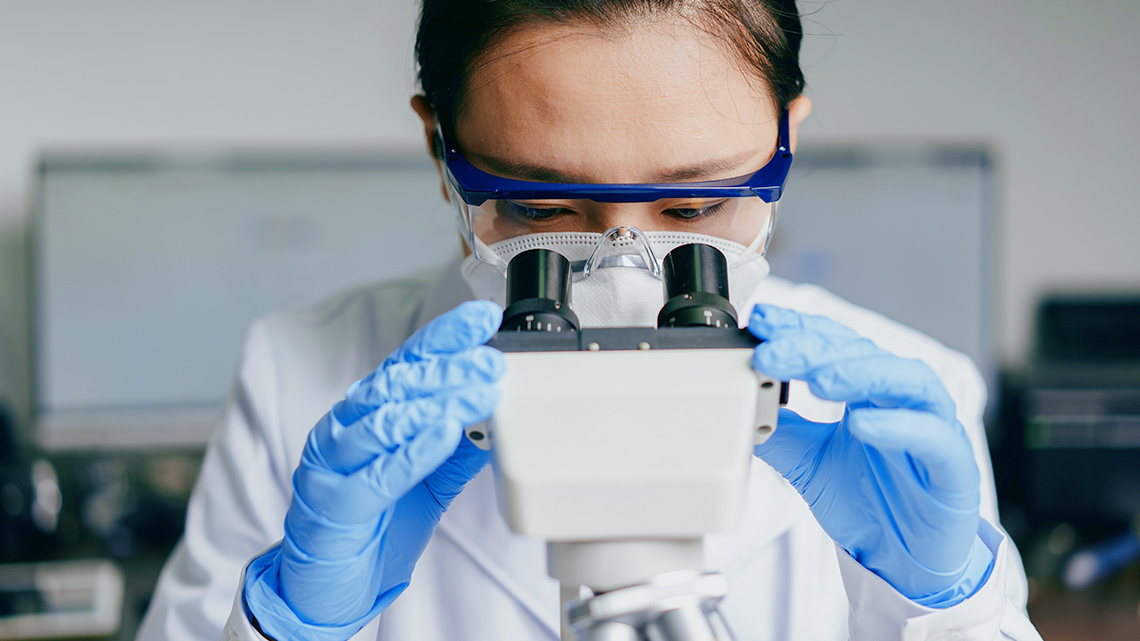
When scientists explore the world around them, they use their senses. But they can also use other things to help them.
How do they use their senses?
- Scientists use their eyes to see the physical characteristics of an object. Some examples are the size, the shape, the colour of an object.
- Scientists use their nose to smell. They can name objects by their odour. Some examples are flowers or foods.
- Scientists use their mouth to taste. They can name objects by their taste. Examples include different foods.
- Scientists use their hands and skin to feel things. They can feel physical characteristics of an object. Some examples are the softness or hardness of an object, the shape, and the feel of the surface of that object.
- Scientists use their ears to hear things. They can name objects by the sounds they make. Some examples are animal sounds, and sirens.
Tools scientists use
This learning activity features emerging technologies, STEM contributions, and Canadian innovations that are making a difference.

Scientists can use items that help them explore objects more clearly such as a magnifying glass or microscope.
A carousel of two images. Image 1: Microscope. There are a bunch of apples on a table and a magnifying glass pointed at the stem of one apple, which makes it appear bigger than it actually is. Image 2: Microscope. There are four lenses with a light shining from one of the lenses. There are hands turning a dial to move the lenses. There is a platform with a small piece of glass on it under the lenses. On that piece of glass is a tiny, tiny object that can only be seen through the lenses.
Explore the sentence and select the missing word from the drop-down menu.
Safety
Remember, when using your five senses, think about ways you can stay safe.
Time to explore!
Explore the following images. Can you think of words to describe these animals?
Using your senses, what are some words that can describe the elephant and the tiger.
How might it feel?
What colour is it?
How big is it?
Does it make any sounds?
Press ‘Sample Answer’ to access descriptive words for the elephant.

An elephant in a field with mountains in the background. Parts of its body are described with words and arrows leading to them. Their nose is described as rough, their ears are big, their skin is grey, their tusks are white and hard.
Press ‘Sample Answer’ to access descriptive words for the tiger.

A tiger standing on a rock. Parts of its body are described with words and arrows leading to them. Their ears are described as small, and their fur is orange, striped, and furry.
Check your learning!
For each sentence, decide what word best describes the animal.
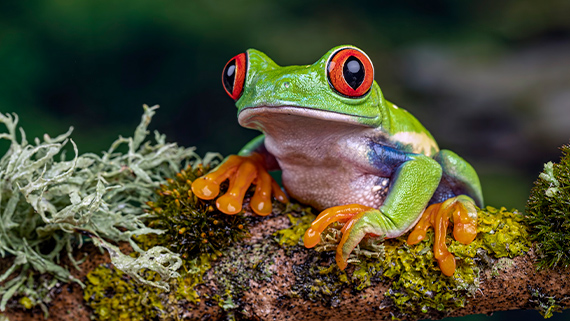
What word describes the frog?

What word describes the ant?

What word describes the butterfly?
All about the Snowy owl!
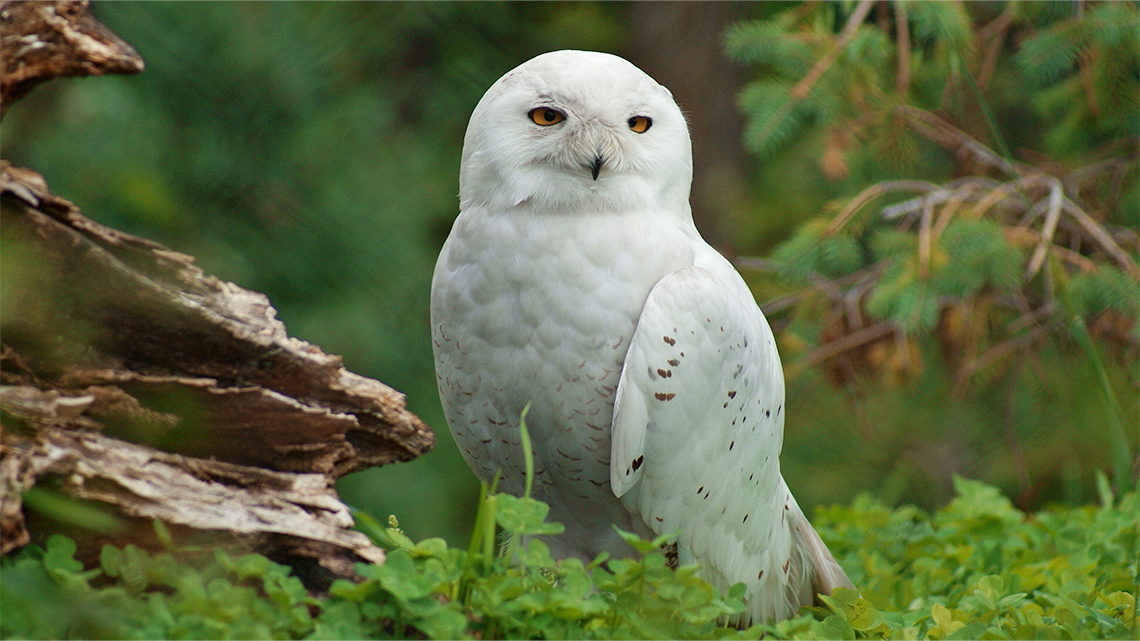
Snowy owls live in the Arctic which is an area of the world that does not have trees and is cold for most of the year. They sit on the ground or on short posts to explore the world around them. Snowy owls eat small animals like mice, birds, and fish. They use their eyes to find their food but can also hear these animals under the snow. They fly close to the ground to be able to catch their food. They also build their nests close to the ground so they can keep their babies safe.
Did you know that the snowy owl is mostly white so that it can use the snow to hide? This helps the owl to be hidden while it is hunting for food.
Recall time!
How does the snowy owl use their senses to help them eat?
How does the snowy owl keep their babies safe?
What does the snowy owl use to hide from other animals?
Consolidation
Draw a diagram
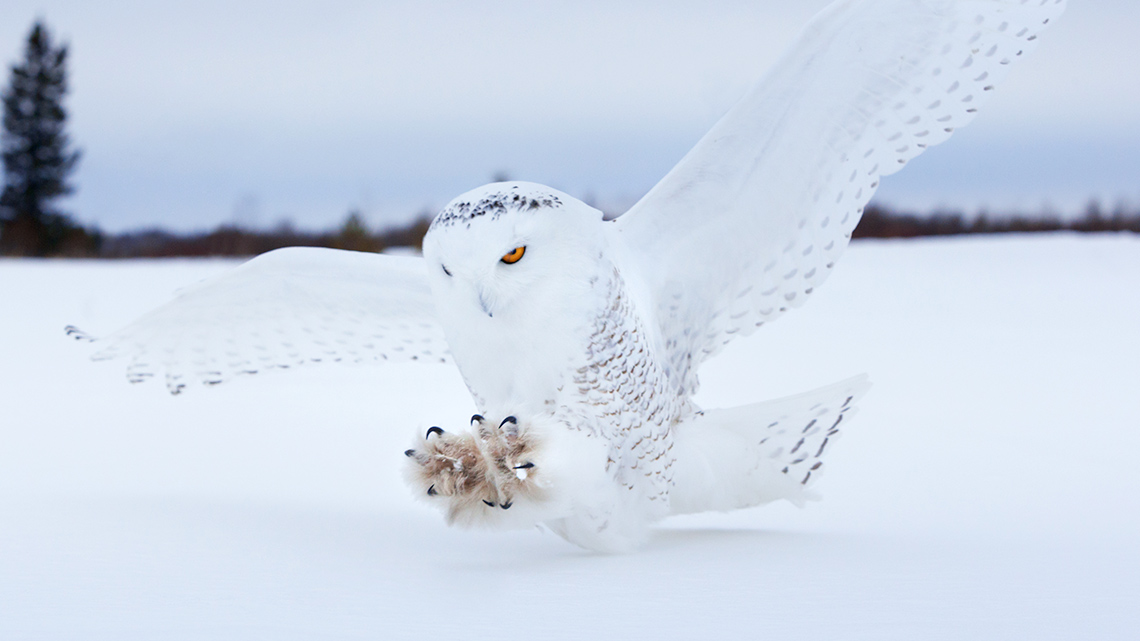
Time to draw a science diagram. A diagram is a picture with parts that are labeled.
Draw a picture of a snowy owl or use the following Snowy Owl Diagram.
Label your drawing with words from the following word bank.
Add any other words you can think of!
Press ‘Hint’ to access a hint about what words you could use.
Colour: What colour is the owl? Is there more than one colour?
Size: What size is the owl? Are there parts of the owl that are big or small?
Texture: How would the wings of an owl feel? How would the feet feel?
Word bank
Complete the Snowy Owl Diagram in your notebook or using the following fillable and printable document. If you would like, you can use speech-to-text or audio recording tools to record your thoughts.

| Snowy Owl Diagram | ||
|---|---|---|
| soft | shiny | feathered |
| scaly | big | small |
| white | brown | hard |
| spotted | striped | |
Press the ‘Activity’ button to access Snowy Owl Diagram.
Think about it!
- Imagine you are sharing information about a snowy owl with a friend. Why is it important to use adjectives? What is important information to share? Why are words that describe it helpful?
- Which senses could someone use if they wanted to make observations?
Reflection
How do you feel about what you have learned in this activity? Which of the next four sentences best matches how you are feeling about your learning? Press the button that is beside this sentence.
I feel…
Now, record your ideas about your feelings using a voice recorder, speech-to-text, or writing tool.
